Embarking on the journey of meal prepping can be a transformational step for anyone looking to simplify their family’s dining routine while maintaining a healthy diet. As a beginner, it may seem daunting, but with a few straightforward strategies and tips, it becomes an easily attainable skill that can save time, reduce stress, and contribute to wholesome eating habits. I find that starting with basics and progressing gradually helps in establishing a sustainable meal prep routine that accommodates the unique needs of each family member.
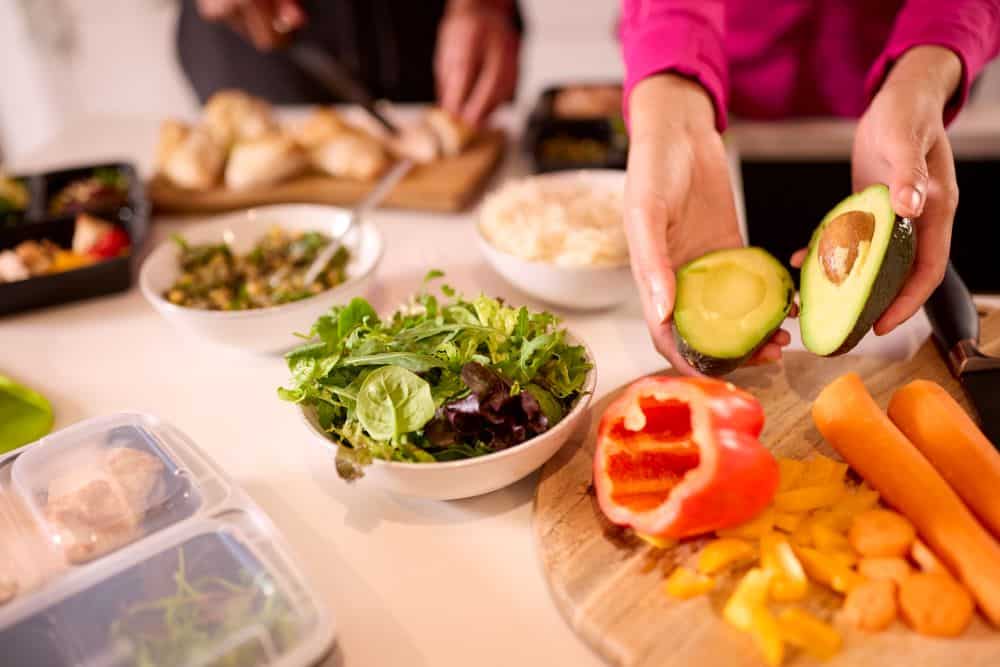
One of the initial steps I took was to identify the essential tools and ingredients that support a diverse and nutritious menu. I learned that stocking my kitchen with high-quality containers, a few staple ingredients, and versatile cooking equipment is crucial. Figuring out an array of preparation techniques also allowed me to switch up flavors and keep mealtime exciting.
Furthermore, I discovered that by aligning meal prep with my family’s health and lifestyle goals, I could cater to our preferences and requirements much more effectively. Addressing common queries around meal prep helped me refine my approach and make the practice an enjoyable part of our weekly routine.
Getting Started with Meal Prep

Embarking on the journey of meal prep can significantly simplify your daily routine and contribute to a healthier lifestyle. It involves a strategic approach where I dedicate time to plan, prepare, and store meals for the coming days or week. Mastering this process can lead to both time and financial savings, while ensuring that my family enjoys nutritious and delicious meals.
Understanding the Basics
Meal prep is the practice of planning, preparing, and storing meals and ingredients in advance. It helps in managing portions and sticking to a dietary plan. It’s important to understand the necessary equipment and storage solutions; typically, I use containers that are microwave-safe, BPA-free, and have compartments to separate portions. It’s also crucial to familiarize myself with food safety guidelines, such as proper cooling and reheating procedures to avoid foodborne illnesses.
Designing Your Meal Prep Plan
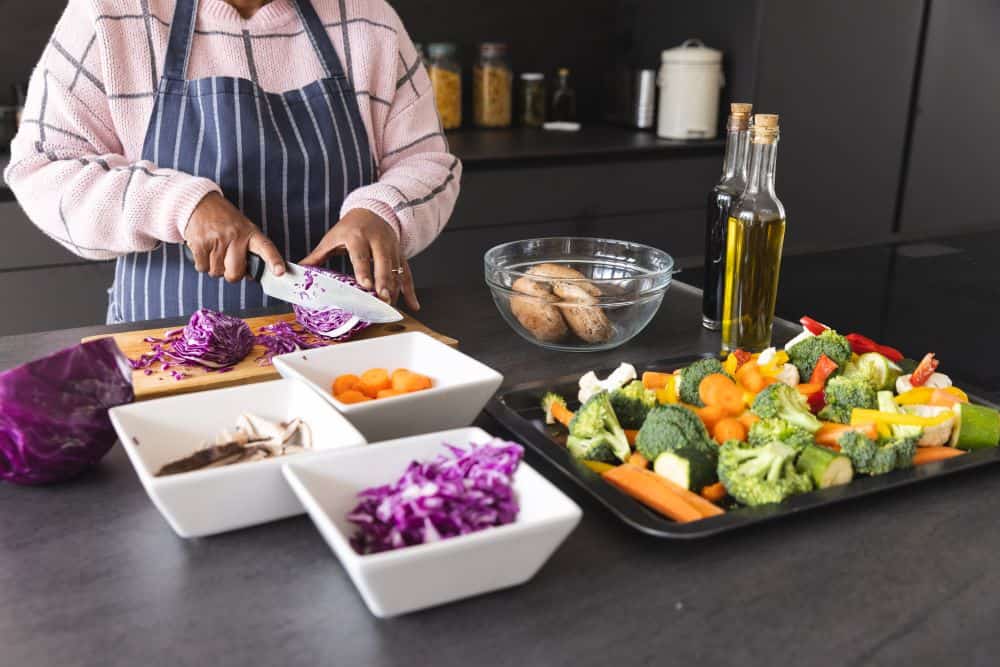
In designing my meal prep plan, I start by selecting recipes that are both nourishing and enjoyable for my family. My aim is to choose meals with a balance of proteins, carbohydrates, and fats, while also considering each family member’s preferences and dietary restrictions. Here is a simple step-by-step guide:
- Create a meal schedule for the week.
- Draft a grocery list based on the recipes selected.
- Allocate time for cooking and prepping on my calendar.
- Batch-cook and prep ingredients, like chopping vegetables or cooking grains.
- Store meals appropriately, using labels for easy identification.
By following these steps, meal prep becomes an efficient and streamlined process.
Essential Tools and Ingredients

In my experience with meal prep, having the right tools and a stocked pantry of essentials can make the process much more manageable. It’s important to choose containers that will keep food fresh and to have a pantry filled with versatile staples.
Choosing the Right Containers
When selecting food storage containers, I always ensure that they are airtight, leak-proof, and microwave-safe. It’s also crucial to consider the size and shape to ensure they fit in my fridge and serve the appropriate portion sizes. Here are some container specifics:
- Glass Containers: Durable and microwave-friendly, perfect for reheating meals.
- Plastic Containers: Lighter and usually less expensive, but always opt for BPA-free.
Stocking Up on Staples
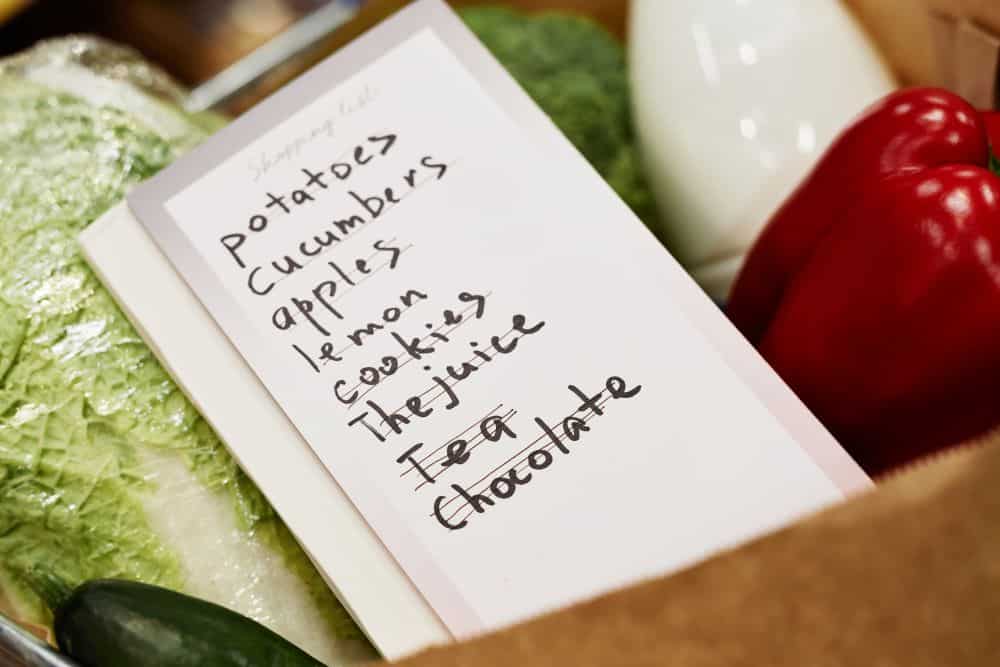
To effortlessly whip up meals, it’s essential to maintain a well-rounded grocery list. My staples include:
- Carbohydrates: Quinoa, brown rice, and oats.
- Proteins: Chicken breast, tofu, and canned beans.
- Fats: Olive oil, nuts, and avocados.
- Spices & Herbs: Salt, pepper, garlic powder, and basil.
Creating a Diverse Menu
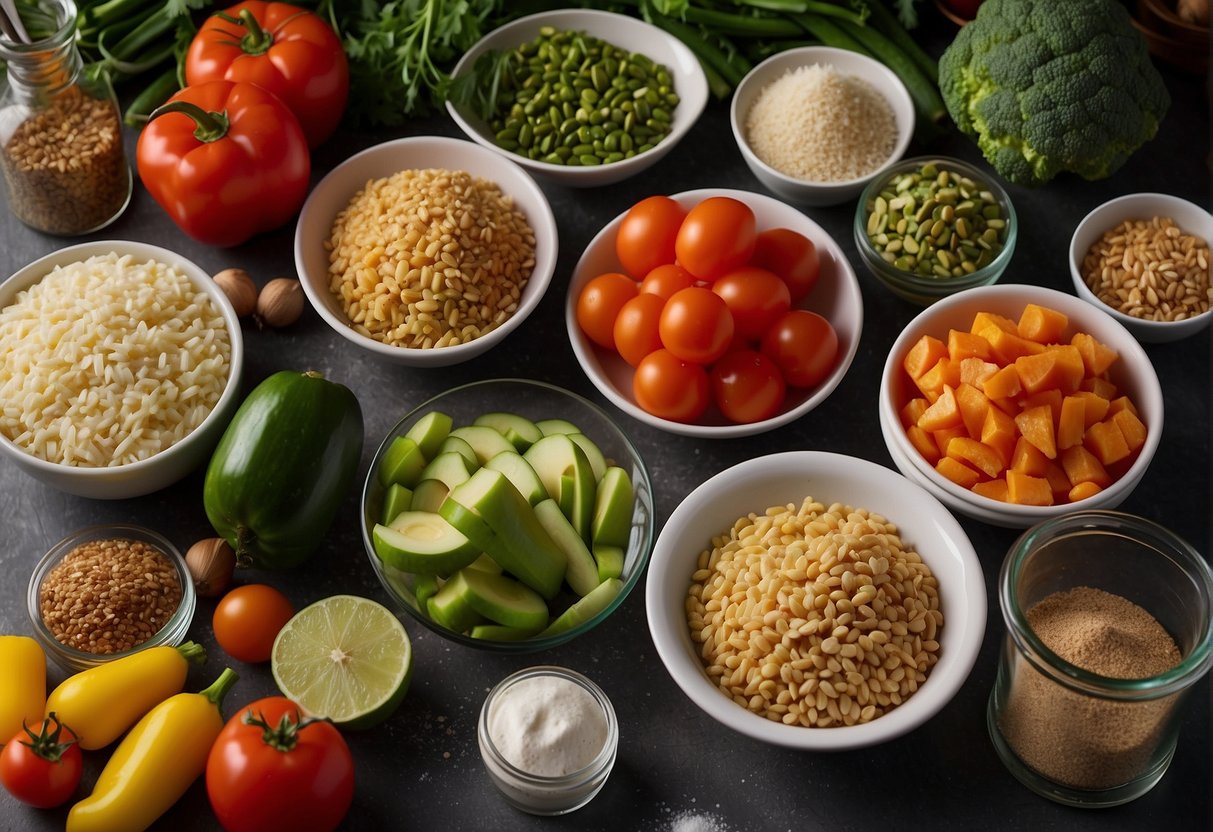
When I approach meal prep, I prioritize crafting a diverse menu that caters to nutrition and personal taste. I find that integrating a wide range of food types and balancing essential nutrients are key to satisfying and healthy meals.
Incorporating Variety
To maintain excitement in my family meals, I ensure that variety is a cornerstone of my weekly menu. I typically include dishes that span various cuisines, flipping through recipes that might combine Italian pasta nights with Mexican taco Tuesdays, and Asian stir-fry Thursdays.
- Monday: Pasta with a rotation of sauces – Alfredo, marinara, pesto.
- Tuesday: Tacos with different proteins – chicken, beef, lentils.
- Wednesday: Rice dishes, from risottos to pilafs.
- Thursday: Stir-fries with a mix of available vegetables and rice or noodles.
- Friday: Homemade pizza with a selection of toppings each week.
- Saturday: Hearty soups or stews with seasonal produce.
- Sunday: A fun DIY salad bar with various greens, toppings, and dressings.
Ensuring each meal includes a different protein source and an array of colorful vegetables keeps each dinner unique and prevents monotony.
Balancing Nutrients

A fundamental aspect of my meal prep is the balance of macronutrients: proteins, carbohydrates, and fats, within each meal to meet my family’s dietary needs. An approach I find beneficial is to plan for meals that each contain a source of lean protein, such as chicken breasts or tofu, complex carbohydrates like quinoa or sweet potatoes, and healthy fats from sources like avocados or nuts.
- Lean Proteins: Grilled chicken, tofu, fish, legumes.
- Complex Carbohydrates: Quinoa, brown rice, whole grain pastas, sweet potatoes.
- Healthy Fats: Olive oil, avocado, nuts, seeds.
I also make certain to add a variety of vegetables to each meal for fiber and micronutrients, opting for whatever is in season to ensure freshness and nutritional value. This approach enables me to provide balanced meals that are not only nutritious but also support my family’s overall health.
Preparation Techniques

In my experience with meal prep, I’ve learned that techniques like batch cooking and understanding the best storage methods are vital. I also know some time-saving tips that can make the whole process more efficient.
Batch Cooking and Storage
When I batch cook, I’m preparing multiple portions of a meal at once, which saves me time throughout the week. Batch cooking works exceptionally well with a slow cooker or an Instant Pot because I can make large quantities with minimal supervision. For example, I can make a week’s worth of chili or stew by just combining ingredients and letting them cook slowly. Once cooked, I portion it into meal-size containers.
Storage is just as important. I always label my freezer meals with the date and contents. Freezer-safe bags or airtight containers keep my meals fresh. I make sure to lay bags flat to save space. Roasted vegetables do well in the fridge for a few days, and I can even freeze them if I’ve prepared a large batch.
Time-Saving Tips

To save time, I keep my pantry stocked with ready-to-cook ingredients that I frequently use. I wash and chop veggies as soon as I get them so they’re ready to be used or cooked. I also make use of kitchen gadgets; a food processor can chop vegetables much faster than I can by hand.
Another tip is to cook ingredients that have similar cooking times together. For instance, chicken breasts and certain root vegetables can be roasted in the same pan to streamline the process. Utilizing these methods, I ensure that I have nutritious meals at the ready, which helps me avoid the temptation of less healthy, quick-fix alternatives.
Leveraging Meal Prep Guide for Lifestyle Goals
When I incorporate meal prep into my routine, it becomes a powerful tool to achieve my lifestyle goals, such as saving time, managing a busy schedule, eating healthier on a budget, and reducing decision fatigue. I consistently find that with a bit of planning, I can streamline my week and take control over what I eat.
Maximizing Cost Efficiency
Budget-Friendly Shopping: By planning my meals in advance, I purchase exactly what’s necessary, which means fewer wasted ingredients. I focus on buying in bulk and choosing seasonal produce to cut down expenses.
- Cook in Batches: I save money by cooking larger quantities of a particular dish as it often costs less per serving.
Utilizing Leftovers: I make sure to incorporate leftovers into my meal plan, transforming them into new, exciting meals that prevent waste and stretch my food budget even further.
Aligning with Dietary Needs
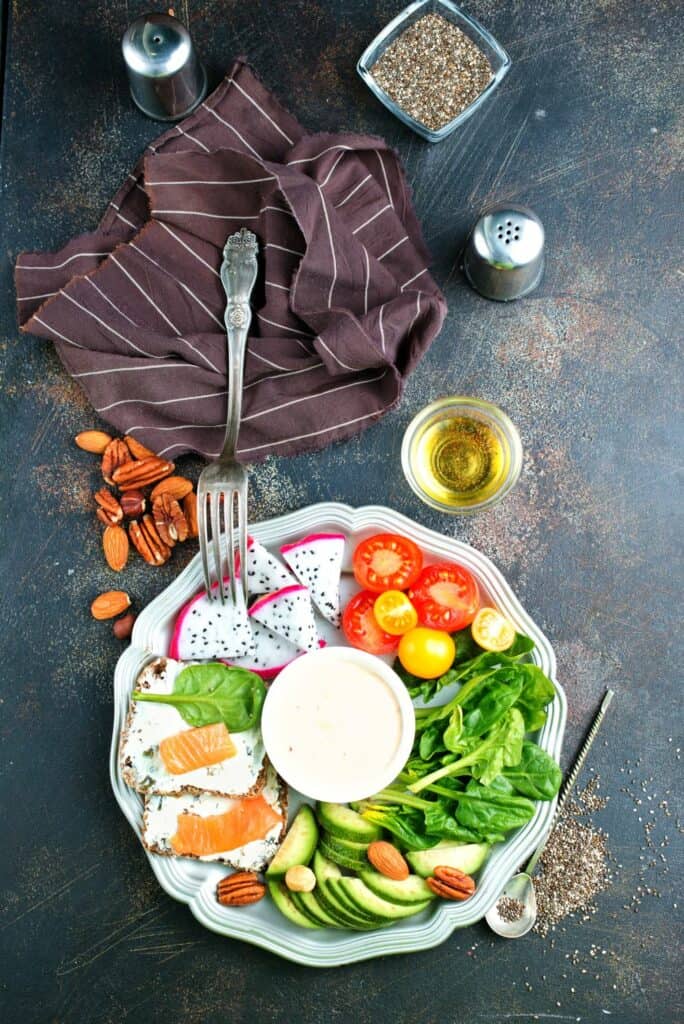
Balanced Meal Composition: I cater to my dietary needs by ensuring each meal contains a balance of protein, carbohydrates, and fats. This helps maintain my goal for healthy eating without having to make last-minute decisions.
- Special Diets: If I or my family members have special dietary restrictions, such as gluten-free or low-carb needs, I tailor my meal prep accordingly. It’s more cost-effective and ensures that everyone’s needs are met.
By sticking to this game plan, I manage to save time during busy weeks, keep my budget in check, and uphold a nutritious diet.
Frequently Asked Questions
In this section, I’ll address some common concerns and provide practical advice to help families start meal prepping effectively and economically.
What are the best strategies for meal prepping for a family on a tight budget?
For families on a tight budget, my advice is to focus on buying in bulk, utilizing sales, and choosing whole foods like grains and legumes that are both nutritious and inexpensive. Planning meals around these items can significantly reduce grocery costs.
How can I develop a 7-day meal plan that’s suitable for a family of four?
A 7-day meal plan for a family of four should include a variety of proteins, vegetables, and whole grains to ensure balanced nutrition. I recommend drafting a plan that incorporates leftovers, such as roasting a large chicken to use in different recipes throughout the week.
What are some healthy meal prep ideas suitable for a family of three to five members?
Meal prepping for a family of three to five members can include healthy options like grilled chicken, steamed vegetables, and brown rice. Or you can opt for a one-pot dish like a vegetable and bean chili that is both nutritious and easy to prepare.
How can a beginner create a family meal plan that includes freezer meals?
For beginners, creating a family meal plan with freezer meals can start with simple recipes like meatballs, stews, and casseroles that freeze well. I suggest making double portions during your regular meal prep to set aside the extra for freezing.
What are the most important tips for starting to meal prep for a family?
When starting to meal prep for a family, my key tips include planning ahead, keeping recipes simple, and prepping components that can be easily combined into different meals. This approach helps maintain variety and reduces stress throughout the week.
What are some affordable meal options for a family of 4 aiming to spend only $10 a day?
For a family of 4 spending only $10 a day, affordable meal options can feature dishes like pasta with homemade tomato sauce, rice and beans, and homemade pizza with a simple dough and toppings. These meals are not only cost-effective but also family-friendly and filling.







